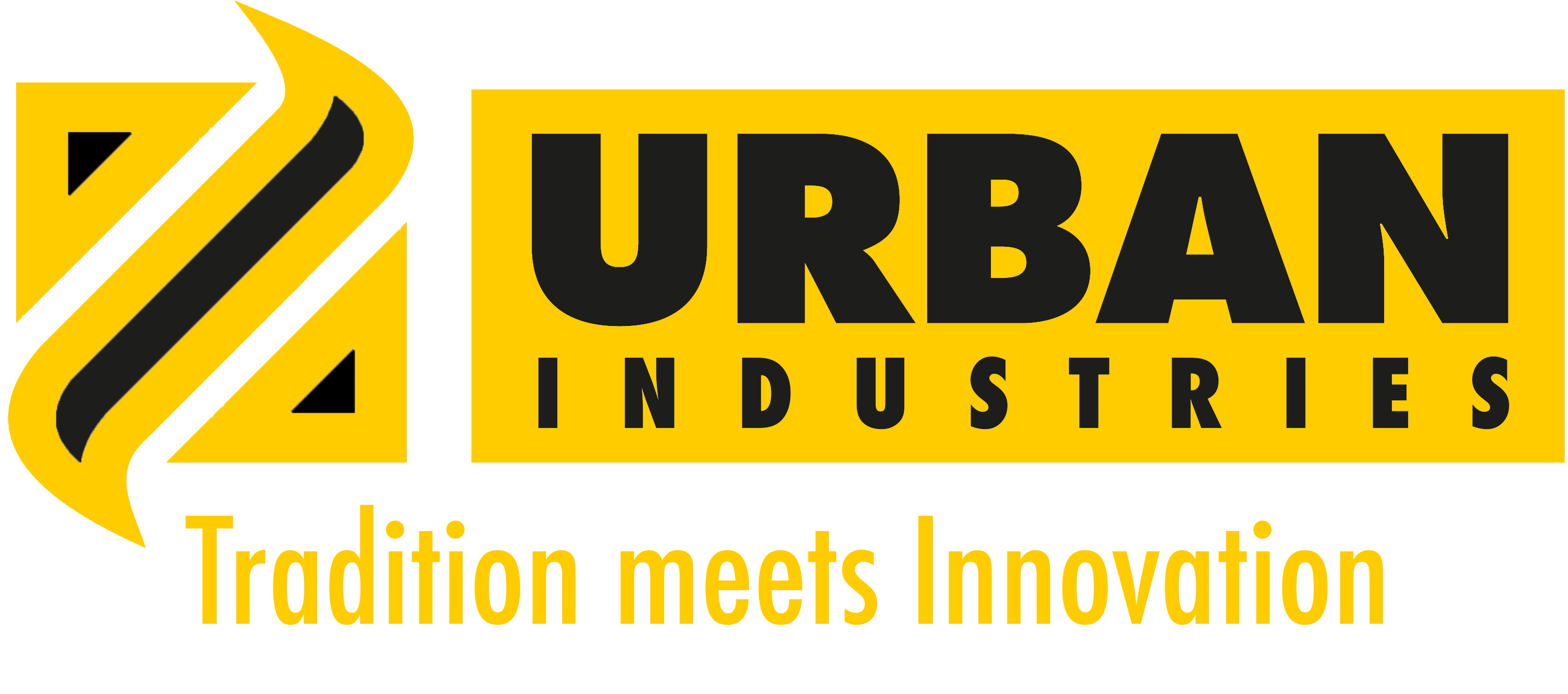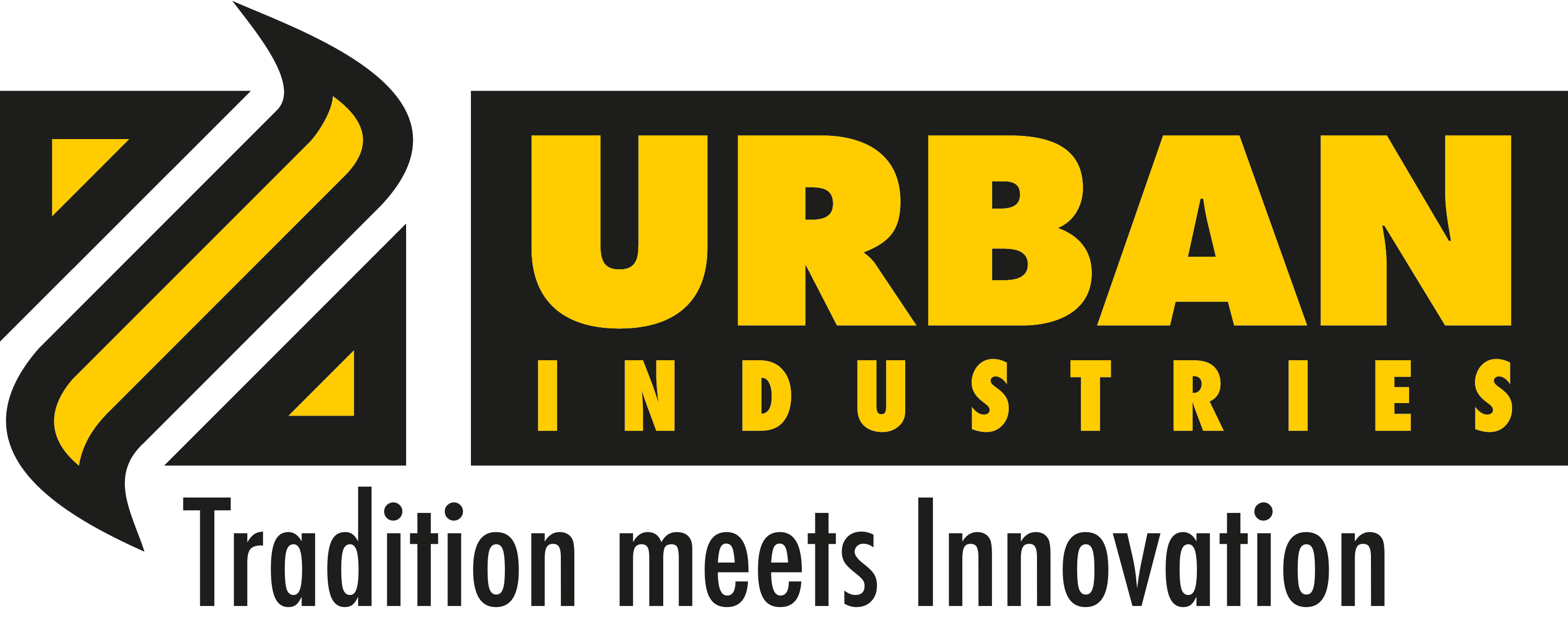Gearbox housing for wind turbines
Protection and stability for efficient energy generation
Gearbox housings for wind turbines are essential components of modern wind turbines. They protect the gearbox from external influences, ensure stability and support the efficient transfer of energy from the rotor blades to the generator.
What are gearbox housings for wind turbines?
Gearbox housings are specially developed protective housings and support structures that enclose and support the gearbox of wind turbines. They ensure the safe operation of the gearbox under extreme loads caused by wind loads and operation.
The main functions of gearboxes:
- Protection: Shielding the gearbox from dust, moisture and temperature fluctuations.
- Stability: Absorption and dissipation of mechanical loads and vibrations.
- Integration: Mounting and stabilization of additional components such as sensors or cooling systems
Materials for gearbox housings
The choice of materials is decisive for the performance and durability of gearbox housings. Commonly used materials are
- High-strength steel: Offers maximum stability and load-bearing capacity.
- Cast iron: Robust and vibration-damping, ideal for large wind turbines.
- Aluminum alloys:Lightweight and corrosion-resistant, particularly suitable for smaller turbines.
- Composite materials:Combinations of plastics and metals for an optimum balance of weight and strength.
Construction of modern gearbox housings
The design of gearbox housings requires precision and the use of advanced manufacturing technologies:
- CAD-protected design Precise planning for perfect integration into the nacelle and optimum use of space.
- Load tests Simulation of wind and operating loads to ensure maximum stability.
- Damping systems: Integration of elements to minimize vibrations and noise.
- Corrosion protection: Special coatings protect the housing from the effects of the weather.
Areas of application for gearbox housings for wind turbines
Gearbox housings are used in various types of wind turbines:
- Onshore wind turbines: Protection against dust, sand and temperature fluctuations in land-based systems.
- Offshore wind turbines: Corrosion-resistant housings for extreme conditions at sea.
- Hybrid systems: Customizable housings for combined wind and solar projects.
- Small wind turbines: Lightweight and compact housings for urban and rural locations.
Advantages of modern gearbox housings
- Maximum protection: Prevents damage to the gearbox caused by external influences and mechanical loads.
- Increased efficiency: Optimized housing shapes improve energy transmission and reduce power losses.
- Durability: High-quality materials and construction guarantee a long service life.
- Ease of maintenance: Modern enclosures offer easy access to components for inspections and repairs.
- Flexibility: Customizable designs enable use in different types of turbines.
Future trends in gearbox housings
The further development of gearbox housings is driven by new technologies and increasing requirements:
- Lightweight construction Use of composite materials and aluminum to reduce weight while maintaining stability.
- Intelligent housing Integration of sensors for monitoring loads, temperatures and wear.
- Sustainability: use of recyclable materials and energy-efficient production processes.
- Automation: Robot-assisted manufacturing increases precision and efficiency in production.
Development challenges
The development of modern gearbox housings faces several challenges:
- Weight management: Housings must be light enough to minimize the overall load on the nacelle, but robust enough for maximum stability.
- Material costs: High-quality materials and coatings increase production costs.
- Weather resistance: Offshore enclosures require special protective measures against moisture and salt.
Conclusion
Gearbox housings for wind turbines are essential components that protect the gearbox from external influences and ensure the safe operation of the system. With robust materials, innovative designs and state-of-the-art technology, they ensure the efficiency and longevity of wind turbines. Whether onshore or offshore – gearbox housings set new standards in energy generation and make a significant contribution to the sustainability of wind power.

